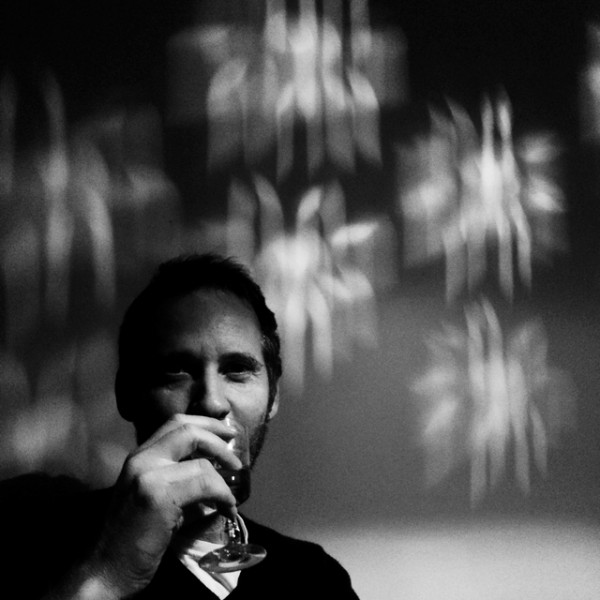Overshadowed by the Mine
Overshadowed by the Mine
Tomas van Houtryve
May 15, 2016
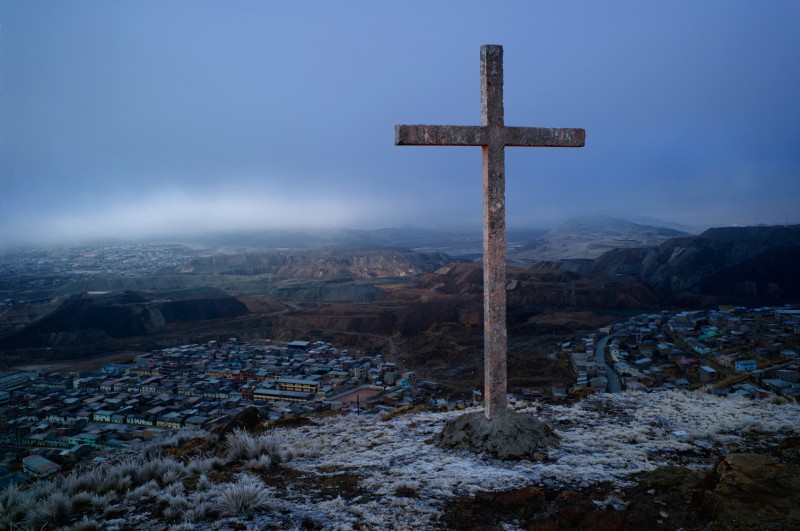
See the reportage in M Magazine No. 4.
How did you perceive the mood at Cerro de Pasco? Were more people desperate because of the growing mine or glad to have work?
The relationship with the mine is complex. In general, young men are eager to get paid work and the mine is a big employer. Like anywhere else, people are dependent on their pay cheques, and work is not easy to find in the rural areas of Peru. On the other hand, mothers are particularly worried about their children. The awareness about lead poisoning seems to sink in more slowly than the self evident need for a pay cheque. Pregnant women often learn about it for the first time during their doctor visits, or they only realize there is a problem when their child starts falling behind in school. The effects aren’t evenly distributed to every child. Some kids are fine. Some parents think the money is worth it and hope the they’ll be lucky enough to avoid their kids getting poisoned. Other families have tested with high levels of lead, and this suddenly changes their perception of the dangers of mine and the city.
Why do people risk getting slowly poisoned at Cerro de Pasco rather than moving into the Villa Pasco settlement?
The houses that were built in Villa Pasco for the purpose of relocating people from Cerro de Pasco are extremely small and of poor quality. The people nicknamed them ‘rat homes’. For most families, the move would mean giving up a larger home. Since the settlement was never finished, many houses are abandoned and there are no stores or businesses. Just buying food or getting a side job is difficult.
How do the people react when you started taking pictures? Were they open and happy about someone telling their story or reserved and awkward about their situation?
Many people feel intimidated by the mining company, and are worried about reprisals if they speak about the problems generated by the mine.
Tomas van Houtryve+-
Tomas van Houtryve first studied philosophy. After graduating he turned to photojournalism. In 2010 he became a member of the VII Agency. A year later he received the Magnum More

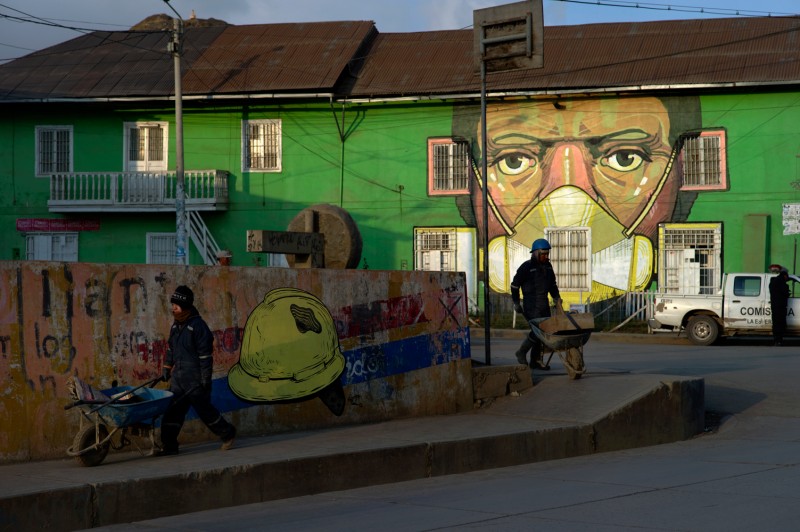
A wall painting draws attention to the issue of fine dust pollution. In Cerro de Pasco the threat posed by the mine can be felt everywhere
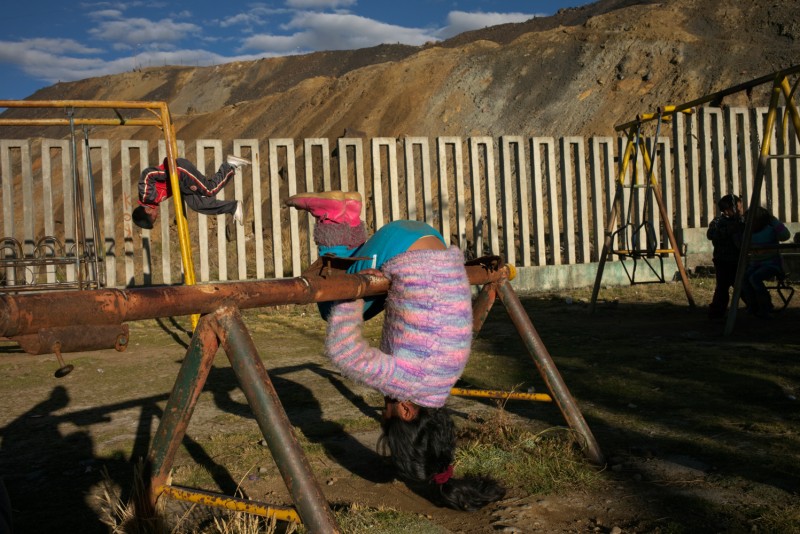
Children playing in the Paragsha district. The neighbourhood runs right alongside the mine waste dump. Mountains of pit waste are piled metres high. The wind carries the fine dust into the city, many residents suffer from lead poisoning
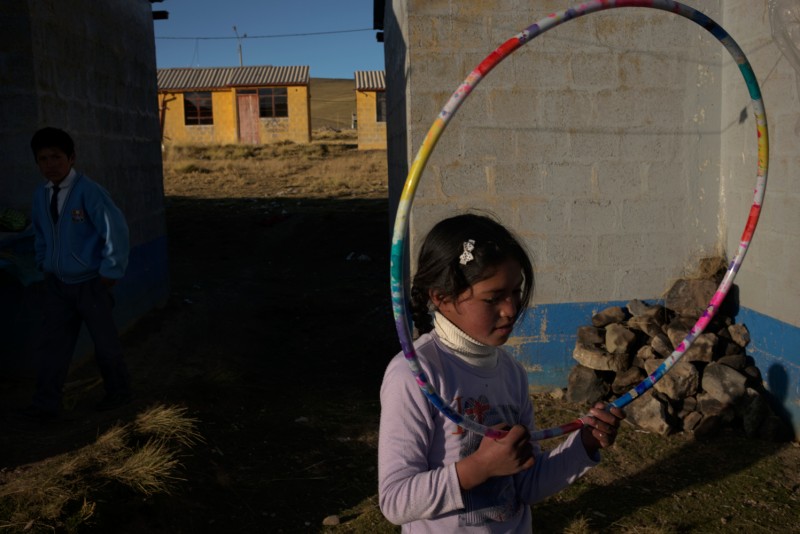
Nelsi Nieto Aguirre lives with her family in Villa Pasco. She is one of the few who heeded the call to relocate. Her father commutes 15 kilometers every day to get to the mine
